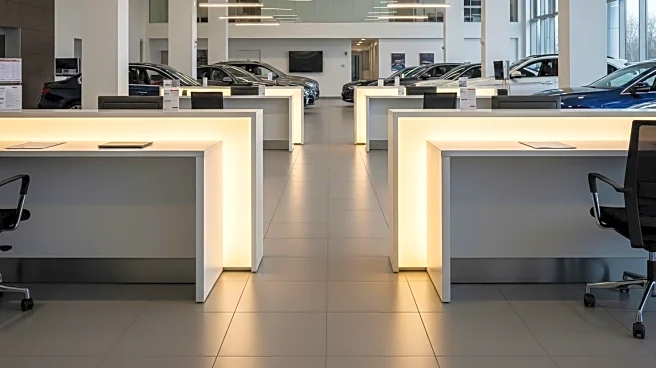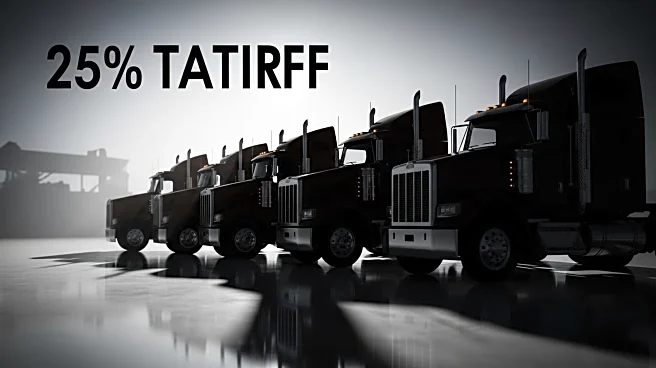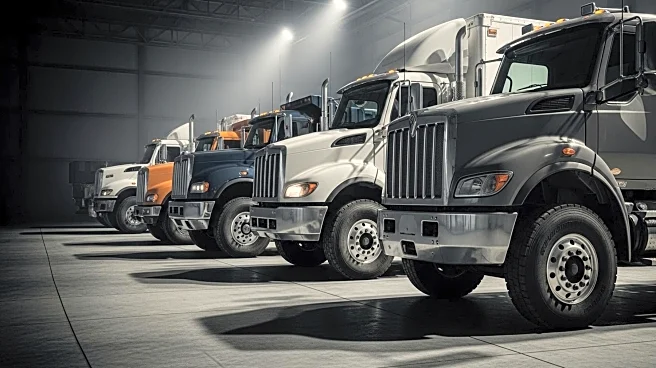What's Happening?
The U.S. used car market is experiencing significant price increases, with the average cost of a three-year-old vehicle rising from $22,000 pre-pandemic to over $31,000 in 2025. This surge is attributed to supply chain disruptions, increased demand during the COVID-19 pandemic, and tariffs affecting new car production. Automakers have been absorbing tariff costs, but ongoing trade uncertainties with the EU, Japan, and North American partners could further impact pricing. The pandemic-era semiconductor shortage and reduced new car sales have led to fewer vehicles entering the used market, exacerbating the situation.
Why It's Important?
The rising prices in the used car market have broad implications for U.S. consumers and the automotive industry. As new car prices increase due to tariffs and supply chain issues, more consumers are pushed towards the used car market, driving up demand and prices. This trend affects affordability, particularly for those seeking entry-level vehicles, and may lead to longer vehicle retention periods. Automakers face challenges in balancing production costs and consumer pricing, potentially impacting sales and profitability. The situation underscores the need for stable trade agreements and supply chain resilience to mitigate future disruptions.
What's Next?
Automakers and industry analysts are closely monitoring trade negotiations, particularly the upcoming review of the free trade deal between the U.S., Canada, and Mexico in July 2026. The outcome could influence tariff policies and pricing strategies. Meanwhile, manufacturers may need to adjust production focus to meet consumer demand for more affordable models. As the market adapts, consumers may need to recalibrate expectations regarding vehicle costs and availability. The industry may also explore innovative solutions to address supply chain vulnerabilities and enhance production efficiency.
Beyond the Headlines
The current dynamics in the used car market reflect broader economic shifts post-pandemic, including persistent inflation and changing consumer behavior. The reliance on personal vehicles in the U.S. highlights the importance of addressing transportation affordability and accessibility. Additionally, the situation raises questions about sustainable manufacturing practices and the role of technology in optimizing supply chains. As automakers navigate these challenges, the industry may see increased investment in digital solutions and alternative transportation models.











